Nestled in the heart of the Caucasus region of Eurasia lies Armenia, a country teeming with ancient history and vibrant culture. Bordered by nations like Turkey, Georgia, Azerbaijan, and Iran, this landlocked nation offers a rich tapestry of stories that reach back to the 8th century BC.
Its geographic position has made it a melting pot of cultures and traditions, yet it stands unique and undiluted in its identity. While the pages of its past are filled with tales of empires and dynasties, Armenia’s natural beauty remains timeless.
Majestic mountains, serene lakes, and dense forests paint a landscape that mesmerizes visitors. For those with a penchant for exploration, Armenia has curated a list of ten must-visit destinations that promise an unforgettable journey.
10. Sevanavank Monastery
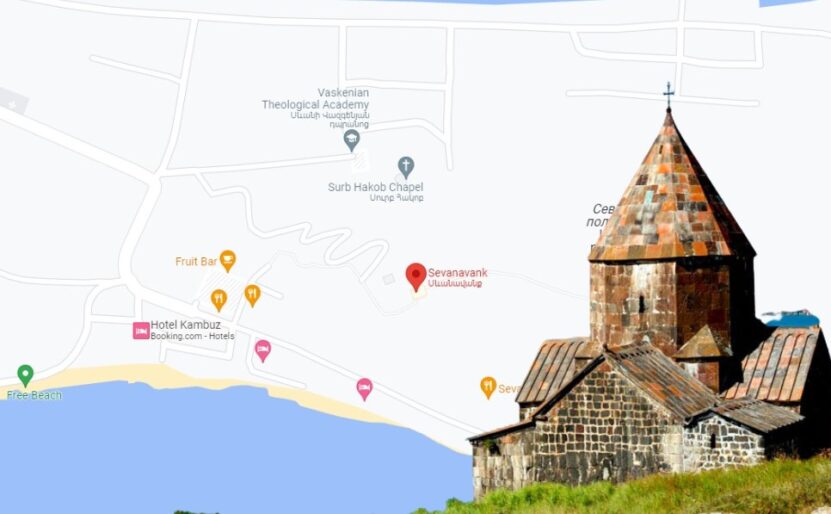
Perched on the shores of the expansive Lake Sevan, the Sevanavank Monastery offers a tranquil retreat. This historic edifice, founded in the 9th century, stands as one of Armenia’s religious cornerstones. Its architecture provides a window into Armenia’s spiritual past.
While the monastery complex is home to two churches, the Surp Astvatsatsin, adorned with intricate frescoes, stands out due to its size and grandeur. On the other hand, Surp Karapet’s unique location on a cliff presents a panoramic view of Lake Sevan, making it a favorite spot for both contemplation and photography.
The tranquillity and beauty of Sevanavank make it a must-visit for travelers. Easily reachable by car or bus, it remains open throughout the year, welcoming visitors to delve into its sacred corridors.
9. Haghpat Monastery
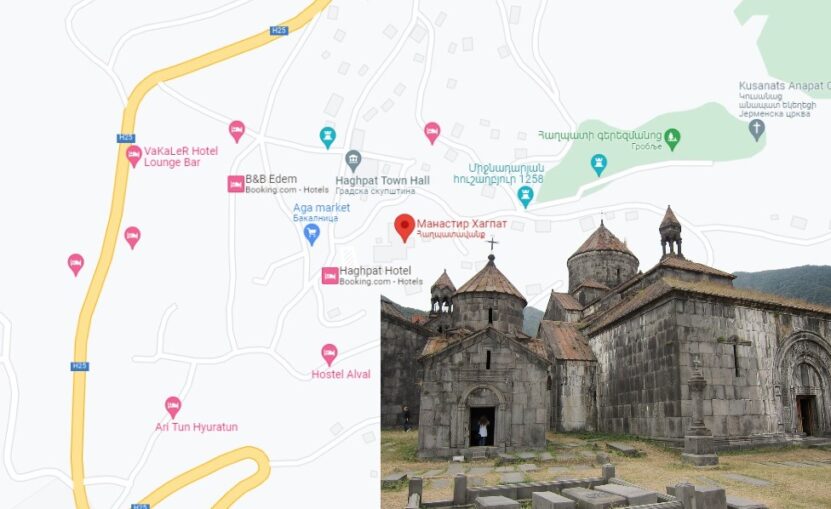
Situated in the scenic Lori province, Haghpat Monastery is not just a religious institution but also a UNESCO World Heritage Site. A marvel of Armenian medieval architecture, this 10th-century monastery showcases the intricate craftsmanship of the era.
The expansive complex consists of churches, chapels, and other auxiliary buildings, each narrating a different chapter of Armenian ecclesiastical history. The Surp Astvatsatsin church, known for its captivating facade, is a particular highlight, drawing attention with its ornate stonework. Dotting the monastery grounds are numerous khachkars, traditional Armenian cross-stones that serve both as artistic expressions and religious monuments.
Visiting Haghpat is akin to walking through a living museum, making it a prime attraction for those exploring the Lori province. With year-round accessibility and good transportation links, the monastery promises a deep dive into Armenia’s spiritual and architectural heritage.
8. Dilijan National Park

Often dubbed the “Switzerland of Armenia,” Dilijan National Park unfurls its verdant embrace in the heart of the Tavush province. A haven for nature lovers and adventure seekers, this park boasts diverse terrains, from lush forests and serene lakes to towering mountains. Its tapestry of biodiversity, coupled with the aesthetic landscapes, beckons travelers from all corners of the world.
However, nature isn’t the sole allure of Dilijan. Within its expanse lie historic jewels like the Haghartsin and Goshavank Monasteries, symbols of Armenia’s rich religious heritage. And as if the natural beauty and historical sites weren’t enough, the park also houses cascading wonders like the Khosrov and Shaki Waterfalls, which serve as serene spots for contemplation.
Dilijan National Park, an essential stop for every itinerary in the Tavush province, remains accessible throughout the year and is easily reachable by various means of transport.
7. Tatev Monastery
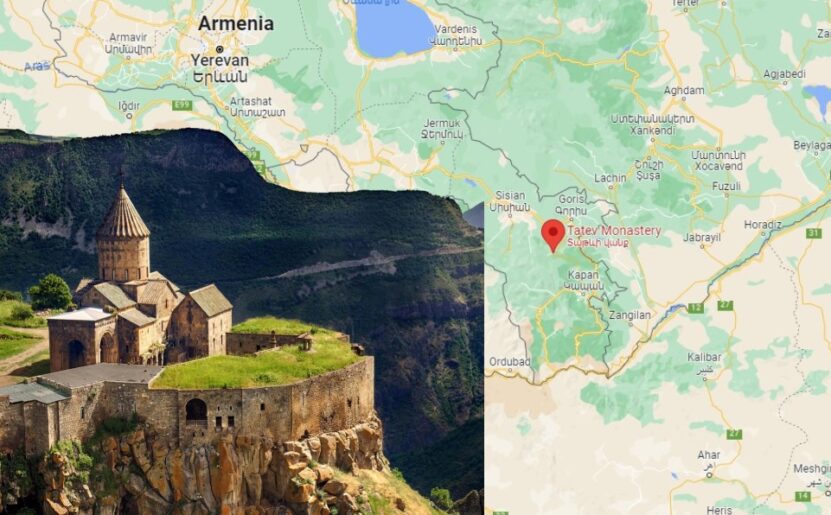
Isolated yet awe-inspiring, the Tatev Monastery stands sentinel over the deep gorges of the Vorotan River, in the Vayots Dzor province. Its unique cliff-side location provides an unparalleled view of the surrounding landscapes, making it not just a spiritual retreat but also a visual treat.
Founded in the 10th century, Tatev is more than just a religious site; it’s a testament to Armenia’s architectural prowess and spiritual resilience. As with many of Armenia’s historic sites, the grounds are dotted with khachkars, each telling a unique story through intricate carvings.
Given its stunning location and historical significance, it’s no surprise that Tatev Monastery attracts tourists from around the globe. It remains open throughout the year, beckoning those who seek both spiritual solace and natural beauty.
6. Khor Virap Monastery
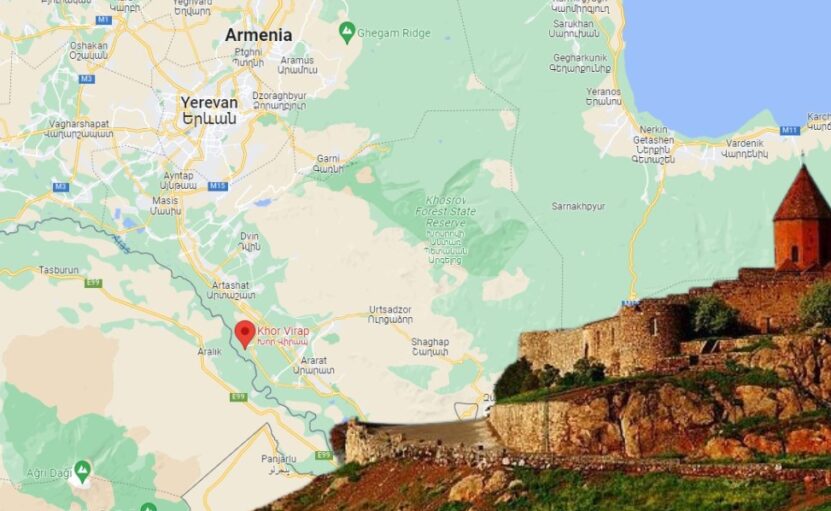
Nestled near the Turkish border, the Khor Virap Monastery offers a breathtaking panorama of Mount Ararat, a symbol of Armenian identity and faith. Its foundations, set in the 4th century, make it one of Armenia’s oldest religious establishments.
But it’s not just the age that adds to Khor Virap’s significance. The monastery encapsulates a tale of faith and perseverance, as it was here that Saint Gregory the Illuminator faced years of imprisonment in a pit (virap) before emerging to convert Armenia to Christianity.
Adorned with several khachkars and echoing tales of history and faith, Khor Virap is more than just a monastery; it’s a pilgrimage site for many. Its doors remain open throughout the year, inviting all to bask in its serene surroundings.
5. Etchmiadzin Cathedral
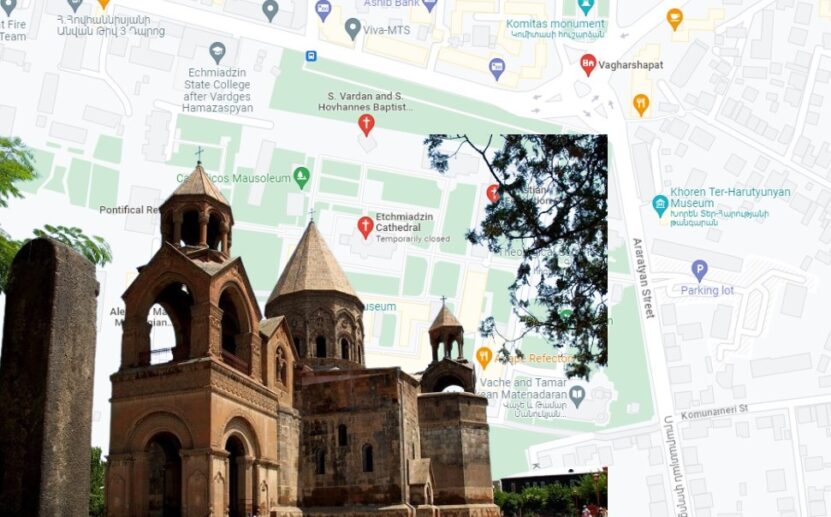
Located in Vagharshapat, merely a short drive from Yerevan, stands the Etchmiadzin Cathedral – the heart of the Armenian Apostolic Church. Revered as the earliest Christian cathedral in Armenia and among the first in the world, it was erected in the 4th century under the guidance of Saint Gregory the Illuminator.
Etchmiadzin isn’t just a place of worship; it’s a symbol of Armenia’s deep-rooted Christian heritage. The cathedral’s architecture, an amalgamation of centuries of modifications, serves as a testament to the country’s resilience and adaptability.
For those seeking to understand Armenian ecclesiastical history, a visit to Etchmiadzin is indispensable. It stands not just as a religious institution but also as an emblem of Armenia’s indomitable spirit.
4. Geghard Monastery
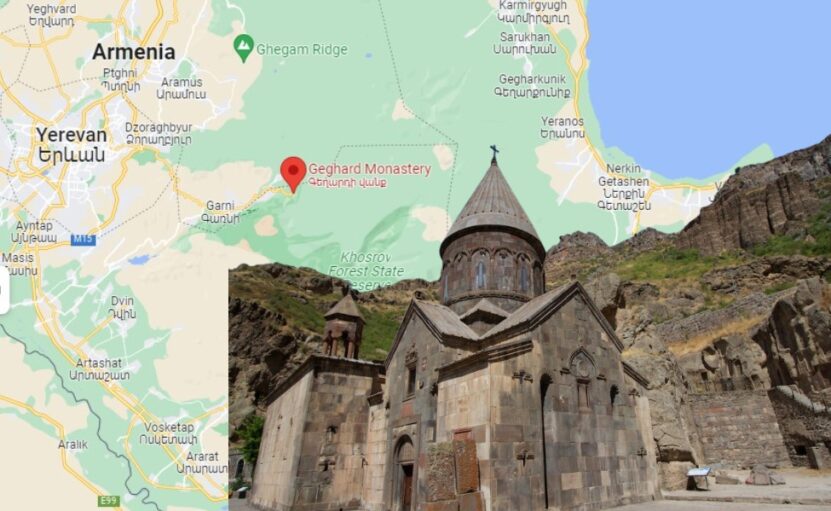
Tucked away in the awe-inspiring Azat Valley within the Kotayk province lies the magnificent Geghard Monastery. Noted for its impeccable design and religious importance, this UNESCO World Heritage Site holds a distinctive charm being partly carved out from the adjacent cliffs. Established in the 4th century, the monastery’s storied history is palpable in its every nook and cranny.
As you explore, you’ll discover a myriad of churches and chapels intricately chiseled into the rocks, exuding an aura of spiritual reverence. The iconic Surp Geghard church stands out with its intricately designed interiors, enveloping visitors in its celestial ambiance. A defining feature of the monastery is its khachkars – cross-stones emblematic of Armenian Christian heritage.
For travelers venturing to the Kotayk province, the mystique of Geghard Monastery beckons, offering a unique blend of nature and spirituality. Easily accessible, it remains a must-visit throughout the year.
3. Garni Temple
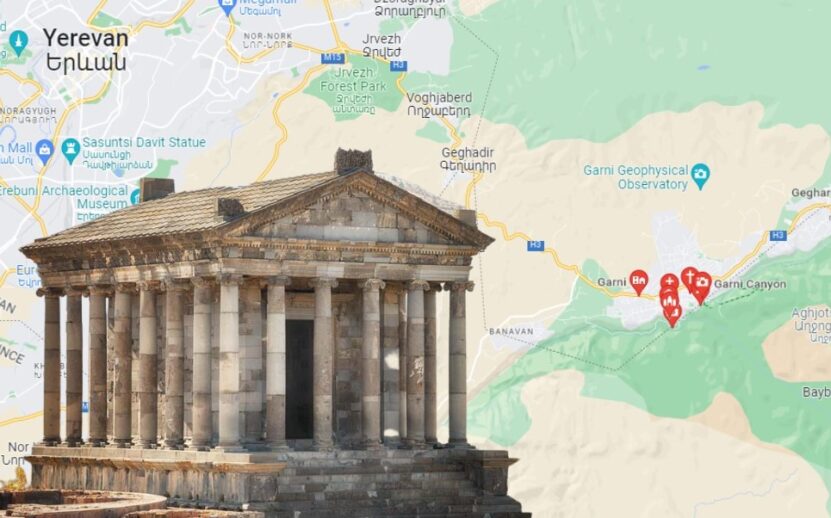
Garni Temple, an architectural marvel dedicated to the sun god Mithras, is an exceptional testimony to Armenia’s pre-Christian Hellenistic heritage. Located amidst the panoramic landscapes of the Kotayk province, the temple is a vestige of ancient Armenian paganism.
Constructed primarily of pink and white tuff, the Garni Temple emanates grandeur with its Greco-Roman Corinthian columns and intricate detailing. Its setting is enhanced by the beautifully manicured gardens encircling it, inviting visitors to walk, ponder, and admire. Serving as a beacon of ancient Armenian culture, Garni Temple lures countless visitors year-round.
2. Lake Sevan
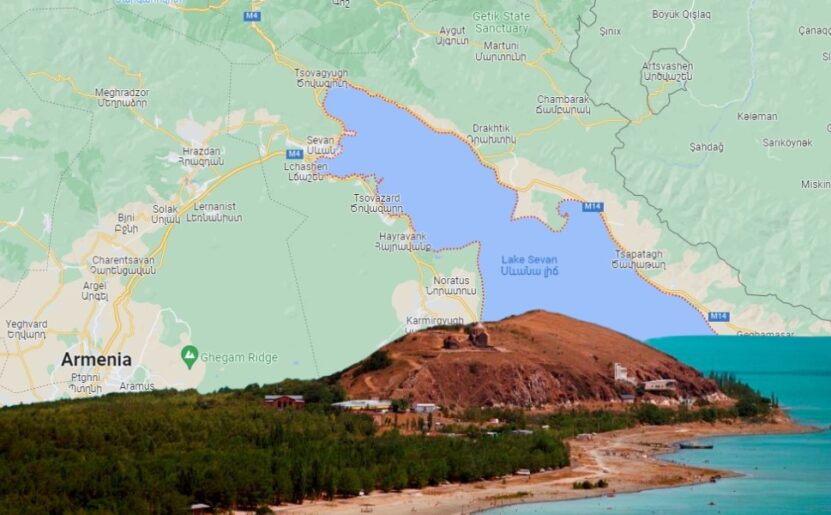
Cradled in the heart of the Gegharkunik province, Lake Sevan’s azure waters shimmer beneath the sun, providing a mesmerizing spectacle for all who visit. Renowned as the world’s highest freshwater lake above 1,900 meters, Lake Sevan is more than just a natural wonder—it’s an integral facet of Armenian identity.
Beyond its pristine waters ideal for boating, swimming, and fishing, Lake Sevan’s surroundings offer a myriad of recreational activities. From hiking the rugged mountain trails to camping by the serene shores, there’s something for every nature lover. Furthermore, the lake’s perimeter is dotted with historic relics, such as the Sevanavank Monastery, narrating tales of the region’s illustrious past.
1. Yerevan
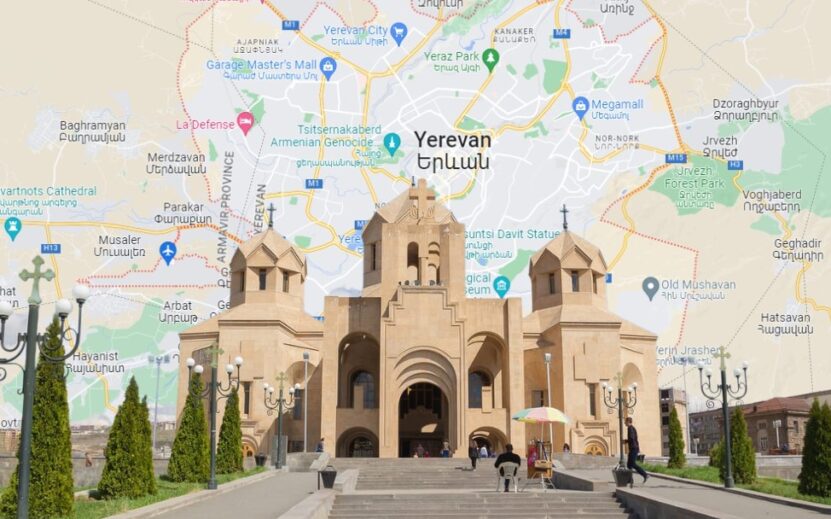
Brimming with history, culture, and urban dynamism, Yerevan stands as the pulsating heart of Armenia. As the nation’s capital and largest city, Yerevan seamlessly marries its rich past with a burgeoning contemporary spirit.
From the majestic Cascade—a monumental stairway offering panoramic views of the city—to the treasure troves of knowledge in the Matenadaran, and the ancient Erebuni Fortress, Yerevan’s UNESCO World Heritage Sites are a testament to its enduring legacy. Museums like the History Museum of Armenia and the National Gallery of Armenia further enrich visitors’ understanding of the country’s multifaceted narrative.
With its myriad attractions, eclectic dining scene, and lively ambience, Yerevan invites travelers from all walks of life to immerse themselves in its vibrant tapestry. Accessible and ever-welcoming, the city ensures a memorable experience for all who wander its storied streets.
How to Get Around Armenia
Navigating Armenia can be a smooth experience, especially if you’re well-prepared. Renting a car is the most convenient option, allowing you the freedom to traverse the picturesque landscapes at your own pace.
With the country’s roads being generally in good condition and well-signposted, you can relish the drive. If self-driving isn’t your preference, you can always rely on buses which connect most major cities and towns. They’re cost-effective but may be less flexible in terms of timings.
Taxis are another viable option, particularly in the cities, and are relatively affordable.
When to Visit Armenia
Armenia, with its continental climate, is most inviting during the spring (May-June) and fall (September-October). These months offer mild weather conditions perfect for exploring, from historical sites to nature trails. Moreover, you can avoid the peak tourist influx, ensuring a more relaxed experience.
Budget
Your expenses in Armenia can be quite manageable if you plan well. A daily budget of $100-150 is ample to enjoy a good standard of accommodation, savor local cuisine, get around, and indulge in various activities. Naturally, adjusting this budget up or down depends on your travel style and preferences.
Other Things to Consider
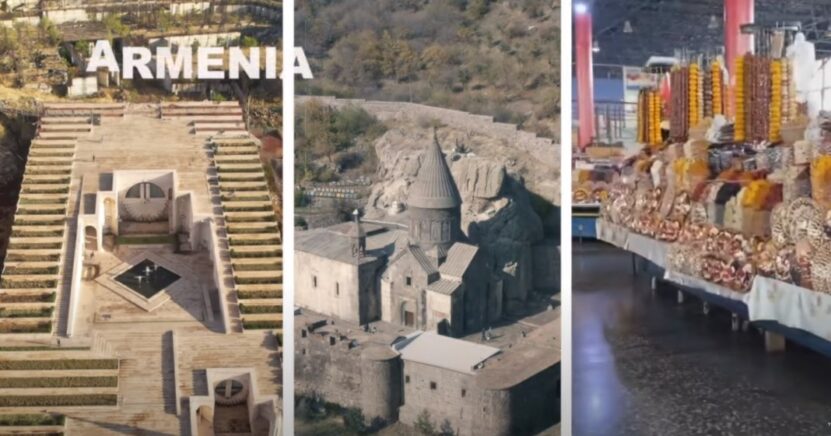
- Visas: Before heading to Armenia, ensure you’ve got the visa requirements sorted. While many nationals need a visa, Armenia has liberalized its visa policies over the years. Always check the latest regulations and process your visa through the Armenian embassy or consulate beforehand.
- Currency: Ensure you have some Armenian drams (AMD) on hand, especially if you’re traveling to more remote areas. While credit cards are widely accepted in urban locales, cash is preferable in smaller towns and villages.
- Language: Familiarizing yourself with some basic Armenian phrases can enrich your travel experience. That said, English is fairly prevalent in tourist zones, so communication shouldn’t be an issue.
- Tipping: Armenians have a warm and hospitable culture. While tipping isn’t mandatory, it’s a gesture that’s certainly appreciated, especially for good service. In restaurants, a tip of around 10% is a good benchmark, though always feel free to adjust based on your experience.
Lastly, immersing yourself in Armenia’s rich history, culture, and natural beauty is key. Take time to interact with locals, sample authentic dishes, and absorb the stories each site narrates.
FAQ
How can I stay safe while traveling in Armenia?
Here are a few tips to help you stay safe while traveling in Armenia:
- Be aware of your surroundings and keep your belongings safe.
- Avoid walking alone at night in unfamiliar areas.
- Be sure to bargain when shopping.
- Drink bottled water and avoid eating raw fruits and vegetables.
- Get vaccinated against hepatitis A before you travel.
- Check yourself for ticks after being outdoors.
What are the dos and don’ts in Armenia?
Here are a few dos and don’ts to keep in mind when traveling in Armenia:
- Do greet people with a handshake.
- Do take your shoes off when entering someone’s home.
- Do tip if you are happy with the service.
- Do not point with your index finger.
- Do not make obscene gestures.
- Do not take pictures of military installations.
Final Words
Armenia, a gem nestled in the Caucasus region, promises a blend of rich history, enthralling architecture, and breathtaking landscapes. The country’s deep-rooted heritage is evident in its centuries-old monasteries, while the natural beauty of its lakes and national parks is simply unparalleled.
The capital, Yerevan, stands as a testament to the nation’s dynamic culture and modernity. With a myriad of attractions ranging from the ethereal Lake Sevan to the enigmatic Garni Temple, Armenia beckons travelers with the promise of discovery and wonder.
Whether one is a history enthusiast, nature lover, or simply a curious traveler, Armenia offers a unique experience that lingers long after the journey ends. When planning a trip to this magnificent country, consider the season, budget, and necessary travel documents to ensure a seamless and memorable experience.

